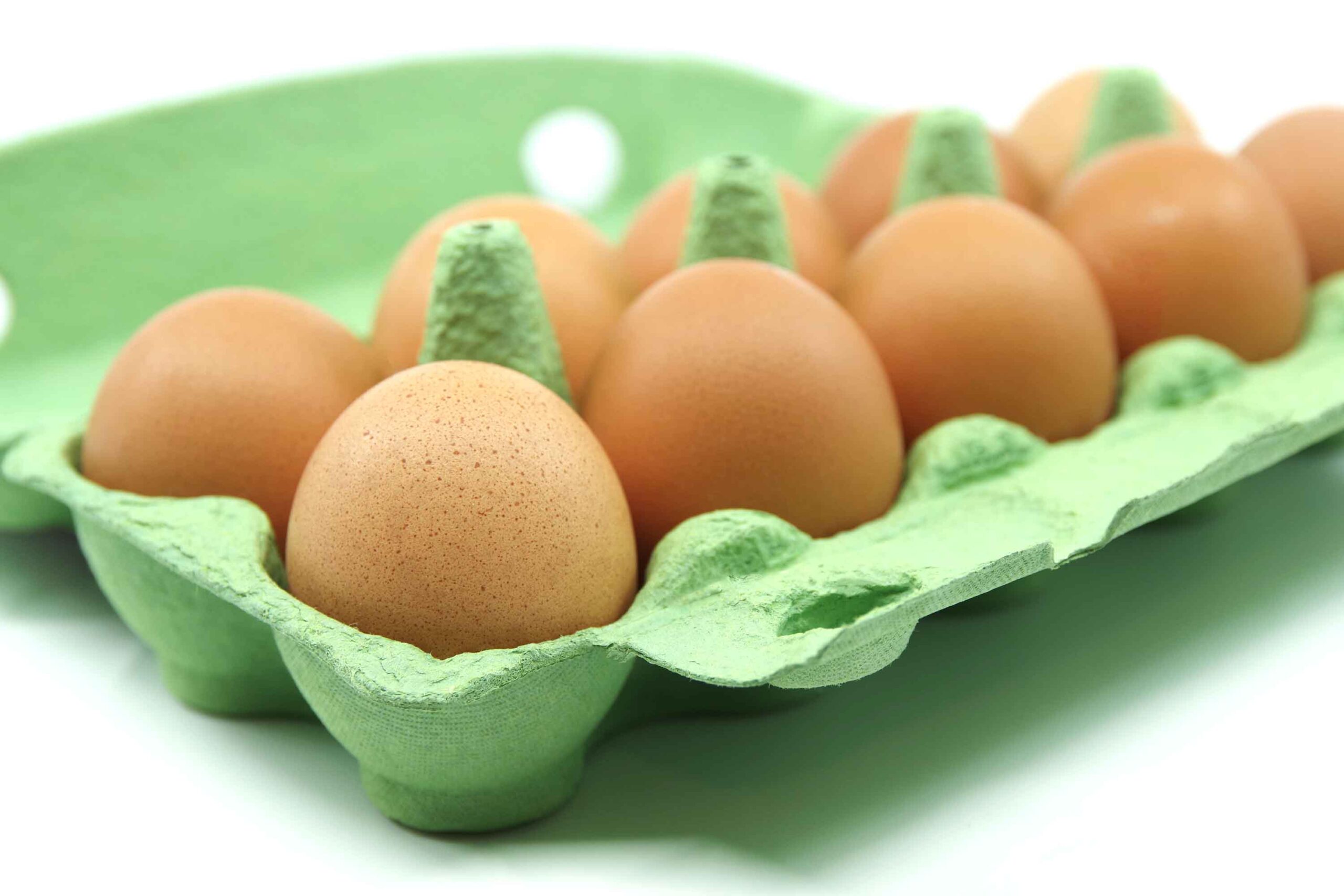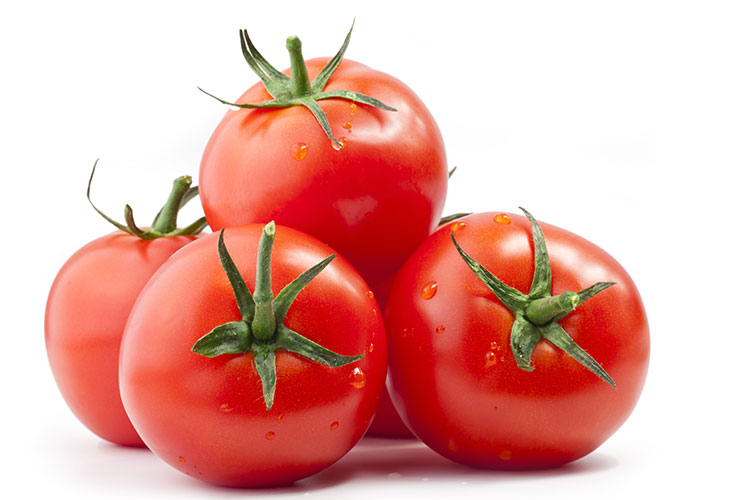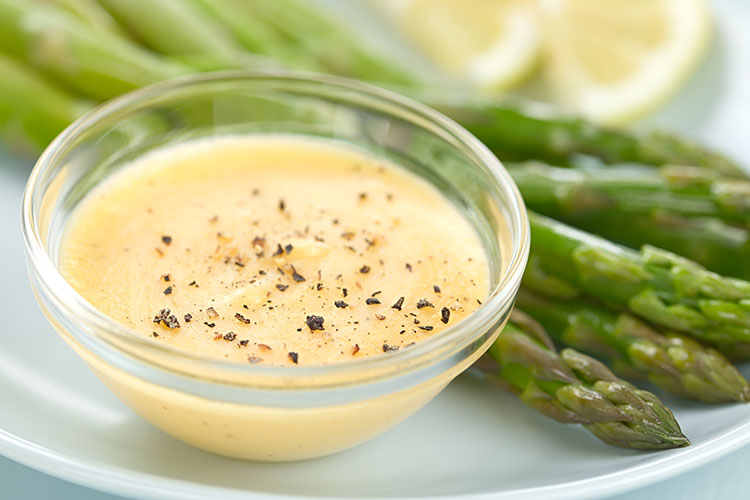Starch Replacement in Formulations: Ironing out the Options
Supply chain hiccups are disrupting the availability of food ingredients like modified starches. As a result, starch replacement in formulations is a recent request in the industry. Modified starches provide multiple benefits including thickening, viscosity, gelling, binding and emulsification. At the same time, Citri-Fi® citrus offers similar functionalities due to it natural upcycled fibrous composition. As a result, this citrus fiber can be used to extend or replace some modified and clean label starches.
Food starch is one of the most common food ingredients used today. For instance, consumers sprinkle food starches into their home recipes to create thick and creamy soups. And the food industry uses it as a workhorse ingredient in almost every food product around the globe. Many of the common botanical starch sources include corn, wheat and rice. They all provide multiple functionalities including thickening, viscosity, gelling, binding and emulsification depending on the botanical source and modification. In the hydrocolloid world, they are the champions of water management. As a result, they create high quality processed foods such as yogurts, salad dressings and frozen appetizers. Currently, multiple hiccups within the supply chain disrupted the availability of certain food ingredients. This includes modified starches. As a result, starch replacement in formulations or extension strategies remain on the top of many companies’ minds.
However, challenges arise when extending or replacing modified starches. Modified starches sustain harsh food processing, storage and handling conditions. Without modified starch, sauces would separate out over time. Some yogurts would fall off the spoon in a watery mess. And frozen products would form ice crystals affecting the food texture during reconstitution.
Some potential starch substitutes on the market consist of blends containing gums, alginates, plant fibers and emulsifiers. However, choosing the optimal replacement or extension highly depends on the starch’s original contribution to the food formulation. For example, was the starch used to create viscosity in heated and low pH conditions? Or was it to provide emulsion stability as well? Not one size fits all when replacing starch in a formulation.
Comparing Natural Citrus Fiber to Starches
One natural solution which provides multiple functionalities is Citri-Fi citrus fiber. This citrus fiber holds significant amounts of water and provides emulsification properties stemmed from its natural upcycled composition. At low usage levels (<1%), this plant fiber improves stability, texture and nutrition in a variety of food products ranging from bakery to sauces. Because of this, Citri-Fi and modified starches share parallels. For example, Citri-Fi provides cold viscosity, water holding, emulsification and gelation under certain parameters. This natural ingredient also stabilizes food in low pH, heat, freeze/thaw and shear conditions similar to modified starches.
Yet, some of the key beneficial attributes include its water capacity and emulsion stability. Citri-Fi holds 9 to 10 times its weight in water and three (3) times its weight in oil. Its natural functionality creates its stability unlike modified starches which need chemical modifications to do the same. Citri-Fi also contributes dietary fiber which helps improve food nutritional profiles. Lastly, Citri-Fi has no E-number unlike starches.
Formulating with Citri-Fi Citrus Fiber
With starch replacement in formulations, product developers need to understand two key factors. First, they need to identify the targeted functionality within the food application that the starch is delivering. Second, they need to outline the processing conditions. With these two pieces of information, the Fiberstar technical team can recommend the best citrus fiber for the application.
One of the important considerations when replacing starch in formulations is the incorporation method in the process and the proper hydration time to activate Citri-Fi’s functionality. In some cases, adjusting the usage level or using a different particle size may be more successful.
Creating Additional Viscosity
There are a few options when creating viscosity. First, as mentioned, shear opens up the fiber to create additional viscosity. Because of this, homogenization will open up the citrus fiber to expose more surface area where the water attaches. If homogenization is not an option, then trying either Citri-Fi 200 or 300 series may be a suitable solution. The 200 series is citrus fiber co-processed with guar gum and the 300 with xanthan gum.
Creating Gelled Textures
Because Citri- Fi contains high levels of intact native pectin, this natural ingredient can provide gelling at low pH and high Brix similar to isolated pectin. Most popular products are the 100FG and the 100M40 used at 1-2%. The gelling properties benefit applications such as fruit preparations like bake stable fillings.
Creating Emulsification
Binding oil and water is another key feature of Citri-Fi citrus fiber. Citri-Fi can bind up three (3) times its weight in oil making it an efficient emulsifier. To incorporate, the citrus fiber is typically added uniformly into the oil first before hydration to create a stable emulsion. However, Citri-Fi can also be added to the dry ingredients first before the hydration and oil step.
As a recap, Citri-Fi is a clean label solution that provides similar functionalities as modified starches. Therefore, starch replacement in formulations is possible. Some of these benefits include cold viscosity, heat, pH and freeze/thaw and shear stability and gelling. Citri-Fi's typical usage level (< 1%) may provide cost-in-use savings. Besides the functional benefits, Citri-Fi does contribute dietary fiber. And this natural ingredient is non-GMO Project certified, non-allergenic and gluten-free. Additionally, Citri-Fi has no E-number unlike modified starches so it is preferred in regions like Europe.






